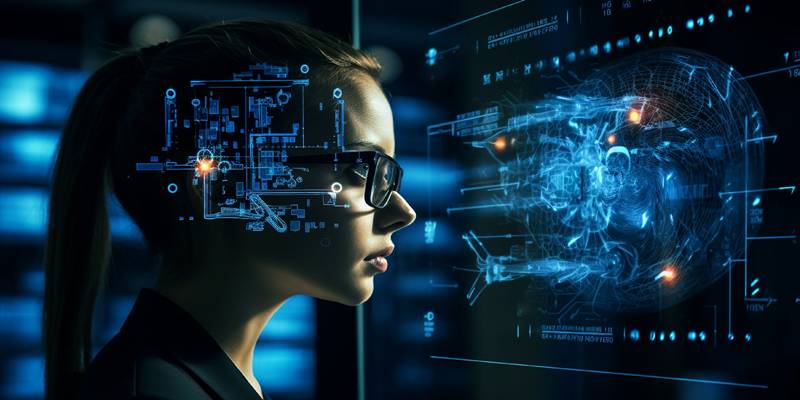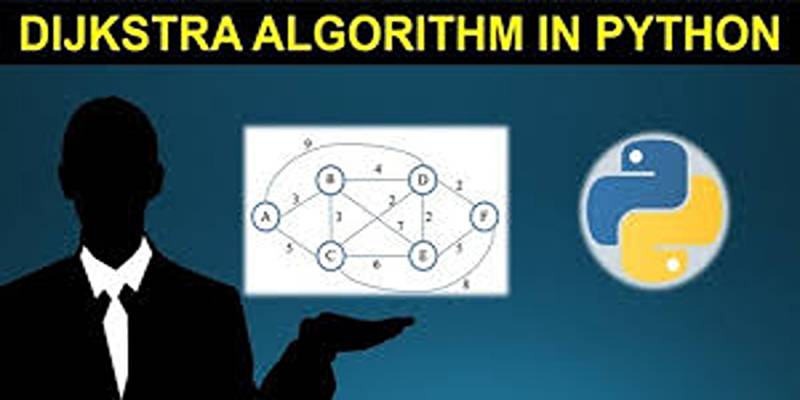The appearance of big language models (LLMs) like OpenAI's GPT and Anthropic's Claude has started a new era of automation and new ideas in business. Businesses in all fields are rushing to adopt generative AI technologies, and LLM agents are becoming an important part of plans for digital transformation. With these smart systems, you can automate everything from customer service to streamlining internal processes, cutting costs, and opening up new growth opportunities.
However, integrating LLM agents into an organization isn’t just about plugging in a chatbot or an API. It requires a well-thought-out, strategic roadmap to ensure long-term success. This post provides a practical, step-by-step guide to help you seamlessly integrate LLM agents into your organization.
Step 1: Identify Use Cases
The integration process begins with identifying the most impactful use cases for your business. LLM agents offer vast potential, but without clear goals, the implementation can quickly lose direction.
Start by collaborating with stakeholders across departments to identify specific pain points where LLMs could help. Common enterprise use cases include:
- Customer Service Automation: Responding to common queries, handling support tickets, and personalizing interactions.
- Business Operations: Automating repetitive tasks like scheduling, data entry, or workflow routing.
- Content Creation: Writing blog posts, drafting emails, creating product descriptions, or marketing copy.
Clearly defining use cases will help establish measurable objectives, such as improving customer satisfaction by 20% or reducing manual workload by 15%.
Step 2: Calculate the ROI
Before investing time and resources into development, assess whether implementing LLM agents will be cost-effective. A return on investment (ROI) analysis is essential to gain stakeholder buy-in and prioritize the most valuable use cases.
To calculate ROI, evaluate the following:
- Time savings per task
- Reduction in human resource costs
- Improvement in task accuracy
- Potential increase in customer retention or sales
Compare these benefits against the projected cost of model deployment, maintenance, infrastructure, and training. It will help determine whether the LLM initiative aligns with your broader business strategy.
Step 3: Decide Who Will Build the LLM Agent
Once a use case is validated and ROI is established, the next question is: who should build the LLM agent?
- In-house Development: Ideal for organizations with an existing AI team and infrastructure. It allows for full control over customization and data security but requires significant time and expertise.
- Third-party Providers: If you lack in-house capabilities, partnering with AI service providers or consultants is a viable alternative. It offers faster deployment and access to industry expertise, although it might reduce flexibility in customization.
Choose the development approach based on your internal resources, time-to-market requirements, and long-term scalability plans.
Step 4: Choose the Right LLM

Selecting the right LLM is a critical decision that influences both performance and cost. You have two broad options:
- Proprietary Models: Tools like GPT-4 or Claude provide cutting-edge capabilities via APIs. These are ideal for quick deployment but don’t allow fine-tuning and may be costlier at scale.
- Open-source Models: Models like LLaMA, Mistral 7B, or Phi-3.5 offer more control and are free to use, but they require technical expertise and infrastructure for fine-tuning and hosting.
Key factors to consider include:
- Model size and capability
- Customization needs
- API and integration options
- Licensing and cost
Evaluate whether a general-purpose model suffices or if your domain requires a fine-tuned niche model.
Step 5: Develop the LLM Agent
With the right model selected, it's time to develop your LLM agent. Whether done internally or outsourced, the process should focus on delivering the desired functionality, reliability, and user experience.
Use modern agent development frameworks like LangChain, AutoGen, or Crew AI, which simplify agent orchestration, task planning, and integrations.
Development involves:
- Designing the agent’s goals and behavior
- Integrating it with enterprise systems (CRMs, dashboards, knowledge bases)
- Iterating based on feedback
Ensure the LLM agent aligns with business requirements and delivers value right from its first interactions.
Step 6: Ensure the Security of the LLM Agent
Security is non-negotiable when deploying AI in enterprise settings. LLMs can be vulnerable to several threats, including:
- Prompt Injection Attacks: Users manipulate prompts to get unintended results.
- Model Extraction: Attackers reverse-engineer the model by analyzing responses.
- Privacy Leakage: The model accidentally reveals sensitive or proprietary information.
Mitigate these risks through:
- Input sanitization and prompt filtering
- Rate-limiting and API security controls
- Data anonymization and compliance with privacy regulations like GDPR
Following frameworks like NIST’s AI Risk Management Framework can help align security practices with industry standards.
Step 7: Deploy and Test the LLM Agent
Once development and security validations are complete, the agent should be deployed in a controlled environment.
Start with canary deployment — releasing the agent to a small group of users for testing. This phase is crucial for:
- Gathering real-world feedback
- Measuring performance (latency, accuracy, response quality)
- Identifying bugs or usability challenges
Integrate the LLM agent seamlessly with internal workflows, software platforms, and user interfaces to ensure it fits into your ecosystem naturally.
Step 8: Launch Organization-Wide
After successful testing and optimization, scale the LLM agent across departments. Widespread deployment often involves change management and education.
- Train Teams: Provide hands-on training so employees understand how to use the agent effectively and responsibly.
- Documentation: Create accessible user guides, FAQs, and best practices to support adoption.
- Communicate Benefits: Share success stories and performance metrics to encourage adoption and build trust.
A well-orchestrated rollout can significantly enhance productivity and employee engagement.
Step 9: Continuously Monitor and Improve

Even after deployment, the journey doesn’t end. LLM agents must be continuously monitored and updated to stay relevant and effective.
- Track KPIs: Monitor metrics like task accuracy, user satisfaction, and reduction in manual workload.
- Error Auditing: Review outputs for mistakes or biases and introduce human-in-the-loop (HITL) workflows where needed.
- Model Updates: Regularly fine-tune the model with new data and use cases.
A feedback loop ensures your LLM agent evolves alongside your organization’s needs.
Conclusion
Integrating LLM agents into an organization is no longer a futuristic concept—it’s a strategic necessity. When done right, these agents can become invaluable tools that drive efficiency, reduce costs, and deliver better customer and employee experiences. By following this structured 10-step guide—from identifying use cases to continuous improvement—you can confidently embrace AI transformation. Remember, successful LLM integration isn’t just about technology; it’s about aligning innovation with real business value.











